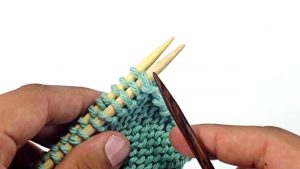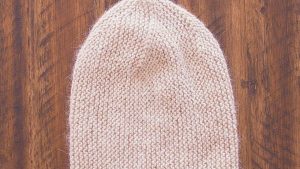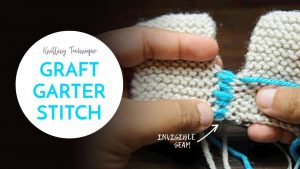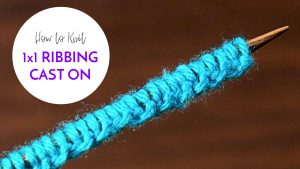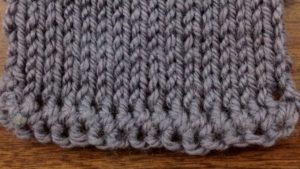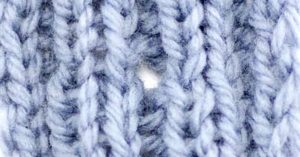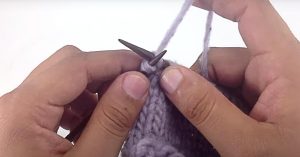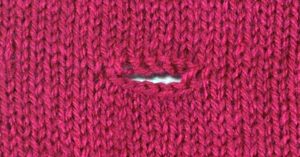Category Archives: Knitting Techniques
How to Knit the Three Needle Bind Off
The three needle bind off is a technique for seaming together two pieces of fabric,
The Wrap and Turn Short Row Stitch
The wrap and turn short row is used to shape your work without using decreases
Alternating Cable Cast On
The Alternating Cable Cast On is a version of the Cable Cast On. The advantage
How to Graft Garter Stitch
Learn how to graft two pieces of garter stitch fabric together. The most common way
The 1×1 Rib Cast On
The 1x1 rib cast on is a way of starting a knitting project with ribbing.
Picot Cast On
The picot cast on is a method of beginning your project uses a decorative edge
The Keyhole Button Hole
The keyhole button hole is a technique to create a small button hole in your
How to Knit Backwards
Knitting backwards is knitting from the left to right (right to left for left handers)
The Reverse Garter Selvedge Edge
The reverse garter selvedge is an edge stitch that gives a finished look to your
The One Row Button Hole
The one row button hole technique creates a durable and firm knitted button hole that

